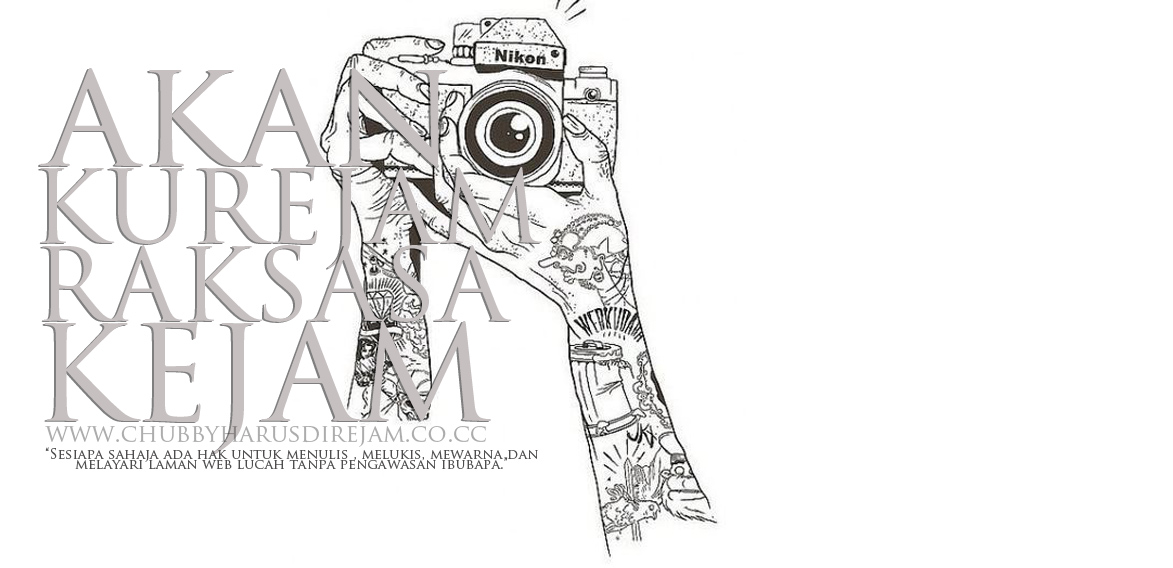Introduction to Lenses for Large Format Cameras, 2nd Edition
© 2002, 2007 by David C. Karp , for largeformatphotography.info
Introduction
The subject of lenses and lens selection for large format cameras can be quite daunting for photographers new to the medium. Although large format lenses obviously serve the same purpose as lenses for 35mm, DSLR, and medium format cameras, they are clearly different in both appearance and operation.
This presented quite an obstacle when I began my foray into large format photography. I had no knowledge of the subject, and it seemed that no matter how hard I looked, the information I found was either too superficial, or assumed that the reader had a grasp of the basics. As a result, it was a long time before I felt even slightly comfortable with the subject.
This article is an attempt to distill what I have learned on the topic into a broad overview that assumes little or no knowledge on the reader's part. The intent is to help photographers new to large format make their way through the variety of view camera lenses and lens types, and make their early purchase decisions with a minimum of stress and confusion. Most of the discussion is about lenses for 4x5 cameras. This is because 4x5 is the most popular format, and since it is the format that I work in, it is the one I feel most competent to write about. Nevertheless, most of the concepts covered here are transferable to the other formats.
The discussion starts with an overview of a large format lens, and the basics of its operation. Next, the discussion turns to how to attach the lens to your view camera. This is followed by a brief discussion of lens types, a short review of the major lens manufacturers, and, finally, a discussion of how to select your first lens and assemble your lens toolkit.
A couple of caveats: First, some of the lenses mentioned below have been discontinued. They are still available used from a variety of sources. Second, I am not a lens "expert," and especially not a "lens design expert." Good sources for basic information on lens design are the Large Format Photography Forum, and Jim Stone's A User's Guide to the View Camera, in its third edition, published by Prentice-Hall. There are also other more technical books on the subject. One source to investigate is Rudolf Kingslake's A History of the Photographic Lens.
Overview
The instant you see a large format lens you know it differs from your 35mm, DSLR, or medium format lenses. For one thing, unlike those smaller formats' sleek lenses with nearly silent autofocus or wonderfully tactile knurled focusing rings, the large format lens has no focusing apparatus at all. Instead, view camera lenses bristle with levers, dials, knobs, and connections that protrude every which way. Their unique appearance can be quite unsettling, even for the most experienced small or medium format photographer, because the purpose of all these controls is not always clear.
A typical large format lens is shown below, a Nikkor M 300mm f/9.0. On close inspection, it turns out that a large format lens is actually quite simple. It is divided into two sets of lens elements. One set is screwed into the front of a leaf type shutter, while the other set is screwed into the back of the shutter. The levers and other controls are part of the shutter.
Nikkor M 300mm f/9.0 on a Copal No. 1 Shutter

No comments:
Post a Comment